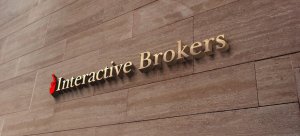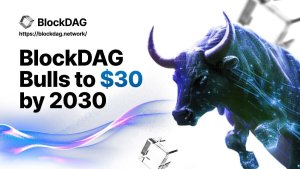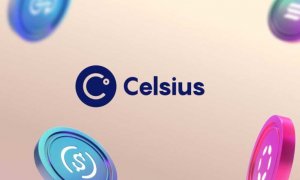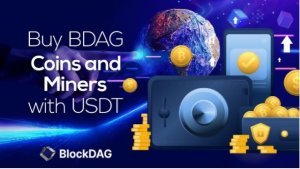Interactive Brokers’ retail FX deposits drop 55%, market share shrinks to 4%
Retail FX deposits at US brokerages, which have been struggling to eke out a profit in a strict regulatory environment, dropped in January 2022 by $14 million, CFTC data showed.

The brokers, including FCMs that are registered as Retail Foreign Exchange Dealers (RFEDs) and those included as broker-dealers, saw a total negative change month-over-month from December, though differences amongst each broker were more pronounced.
The prospect of loosening regulations began to revive interest in the US market among foreign brokers. Last month, Trading.com Markets (formerly Trading Point US Inc) has officially launched its FX platform in the US, nearly two years after it was approved as Forex Dealer Member of the United States National Futures Association (NFA). The move could help brighten the outlook for a retail industry that has struggled for quite some time under the provisions of the Dodd-Frank legislation.
However, the exact timeline for revised rules is unclear, but it would likely take several months at the earliest, given the scale of the reform the regulators will be implementing.
Back to the figures, the FX funds held at registered brokerages operating in the United States came in at $529 million in January, which is three percent less than the $544 million reported in December 2021.
According to the CFTC dataset, four of the five FX firms listed notched increases in Retail Forex Obligations including GAIN Capital, OANDA Corporation, IG US and Charles Schwab.
The best performer for the month was Gain Capital which saw an overall rise of $4 million to $211 million at the end of January, compared to $207 million at the end of December, or an increase by two percent month-over-month.
Meanwhile, the single loss was made for the third consecutive month by Interactive Brokers, which saw a drop of $28 million, or nearly 55 percent month-over-month.
Looking at the market share of different brokers, the distribution slightly changed in January relative to the month prior. GAIN Capital remained the leader in terms of market share, commanding a 40 percent share. OANDA also solidified its stance as the second largest in the US with 36.0 percent market share – Charles Schwab and IG US retain a 12 and 7 percent share respectively.
The chart listed below outlines the full list of all FCMs that held Retail Forex Obligations in the month ending on January 31, 2022 – for purposes of comparison, the figures have been included against their December 2021 counterparts to illustrate disparities.










